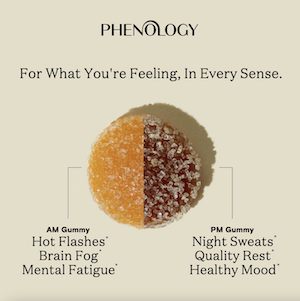If you are a woman going through menopause, you may have noticed some changes in your body. Hot flashes, mood swings, and night sweats are just a few of the common symptoms. But did you know that joint pain is also a potential symptom of menopause? Many women experience joint pain during this time in their lives, and it can be frustrating and debilitating.
Key Takeaways
- Menopause can cause joint pain in women.
- Lifestyle changes like exercise and stress reduction can help alleviate symptoms.
- Home remedies like heat or cold therapy and pain medications may also be effective.
Understanding Menopause and Joint Pain
If you are a woman going through menopause, you may experience joint pain. This pain can be caused by hormonal changes in your body. In this section, we will explore the relationship between menopause and joint pain.

Anxiety Chill Chews
Magnesium gummies rebalance your inner seas, relax the body, and calm the mind. Magnesium citrate with an adaptogenic blend and ashwagandha giving a uniquely targeted blend of supplements that help to ease stress and anxiety.
Hormonal Changes and Joint Pain
During menopause, your body experiences a decrease in estrogen levels. This decrease in estrogen can cause a variety of symptoms, including joint pain. Estrogen is known to have anti-inflammatory effects, and a decrease in estrogen levels can lead to increased inflammation in the body. This inflammation can cause joint pain and stiffness.
Common Joint Pain Areas During Menopause
Joint pain during menopause can occur in various parts of the body. Some common areas include the hands, knees, hips, and spine. The pain can range from mild to severe and can be accompanied by stiffness and swelling.
To manage joint pain during menopause, there are several things you can do. Maintaining a healthy weight, exercising regularly, and eating a balanced diet can help alleviate joint pain. Additionally, taking supplements such as calcium and vitamin D can help keep your bones strong and reduce the risk of osteoporosis.

Weight Loss Protocol
The Ultimate Weight Loss Protocol does not rely on “quick fixes” to see unsustainable progress.
In conclusion, joint pain during menopause is a common symptom caused by hormonal changes in the body. By understanding the relationship between menopause and joint pain, you can take steps to manage your symptoms and maintain your overall health and well-being.
Lifestyle and Home Remedies
If you’re experiencing joint pain during menopause, there are several lifestyle changes and home remedies you can try to alleviate your symptoms. Here are some tips to help you manage joint pain:
Exercise and Physical Activity
Exercise may seem out of the question, but getting regular exercise can actually help reduce joint pain and stiffness. Low-impact exercises such as yoga, swimming, pilates, and walking can be particularly helpful. These exercises can help improve your flexibility, strengthen your muscles, and reduce inflammation in your joints.
Diet and Nutrition
Eating a healthy diet can also help alleviate joint pain. Incorporating foods rich in omega-3 fatty acids, such as salmon, walnuts, and flaxseeds, can help reduce inflammation in your body. Eating plenty of fruits and vegetables can also provide antioxidants that can help reduce inflammation and promote overall health. Additionally, getting enough calcium and magnesium in your diet can help keep your bones and joints strong.
Stress Reduction and Mindfulness
Stress can exacerbate joint pain, so finding ways to reduce stress can be helpful. Mindfulness practices such as meditation and deep breathing can help you manage stress and reduce inflammation in your body. You may also find it helpful to engage in activities that you enjoy, such as reading, listening to music, or spending time with friends and family.
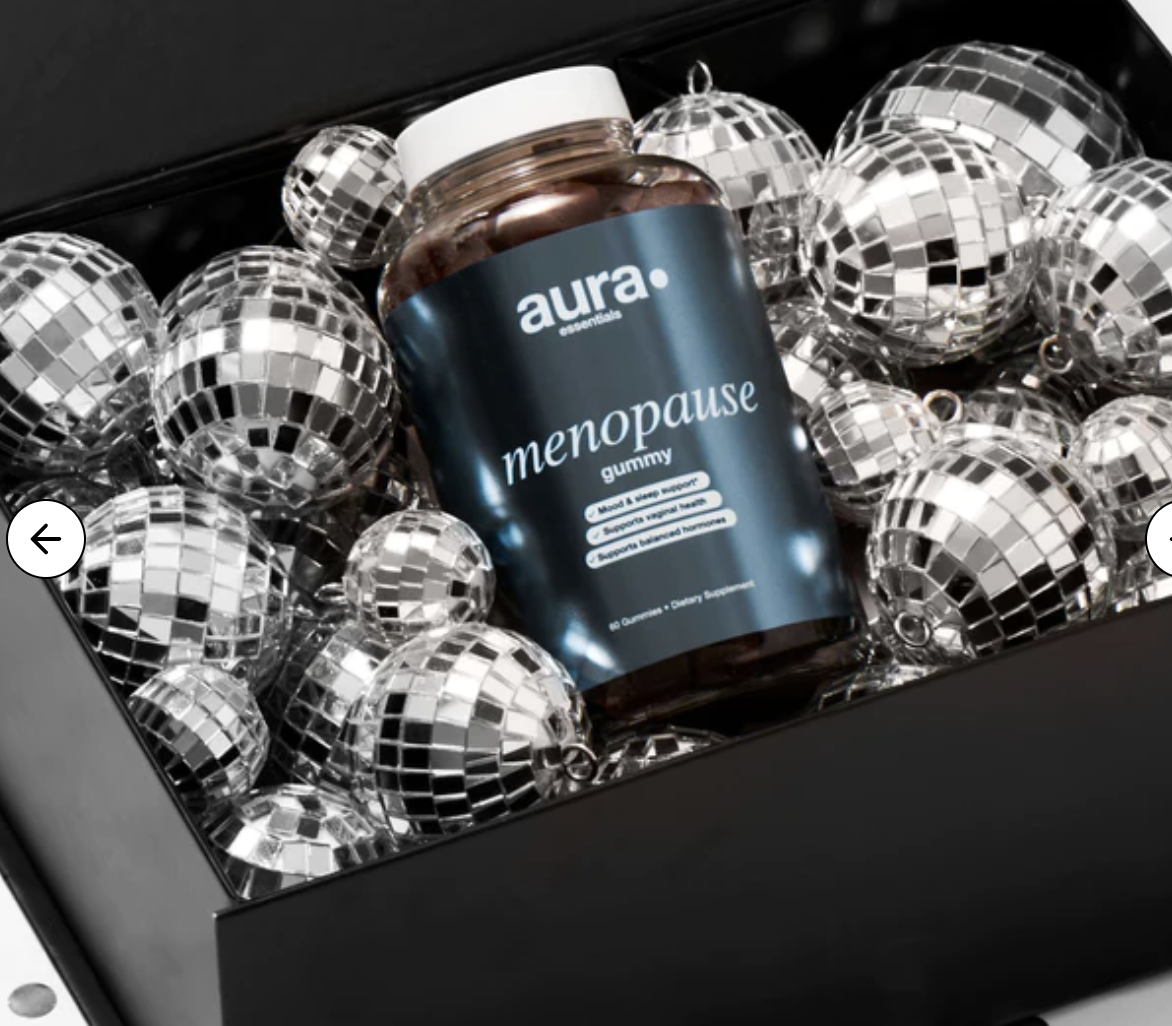
Aura Essentials
Menopause Gummies – Alleviates Hot Flashes
✦ Boost energy
✦ Stabilizes mood
✦ Levels mood swings
By incorporating these lifestyle changes and home remedies into your routine, you can help alleviate joint pain during menopause. Remember to always consult with your healthcare provider before starting any new exercise or dietary regimen.
Medical Treatments and Interventions
If you are experiencing joint pain as a symptom of menopause, there are several medical treatments and interventions that your doctor may recommend to alleviate your discomfort.
Hormone Replacement Therapy
Hormone replacement therapy (HRT) is a common treatment for menopausal symptoms, including joint pain. HRT involves taking estrogen, which binds to estrogen receptors in the body and can help reduce inflammation and pain in the joints. However, HRT is not without risks, and you should discuss the potential benefits and risks with your doctor before starting this treatment.
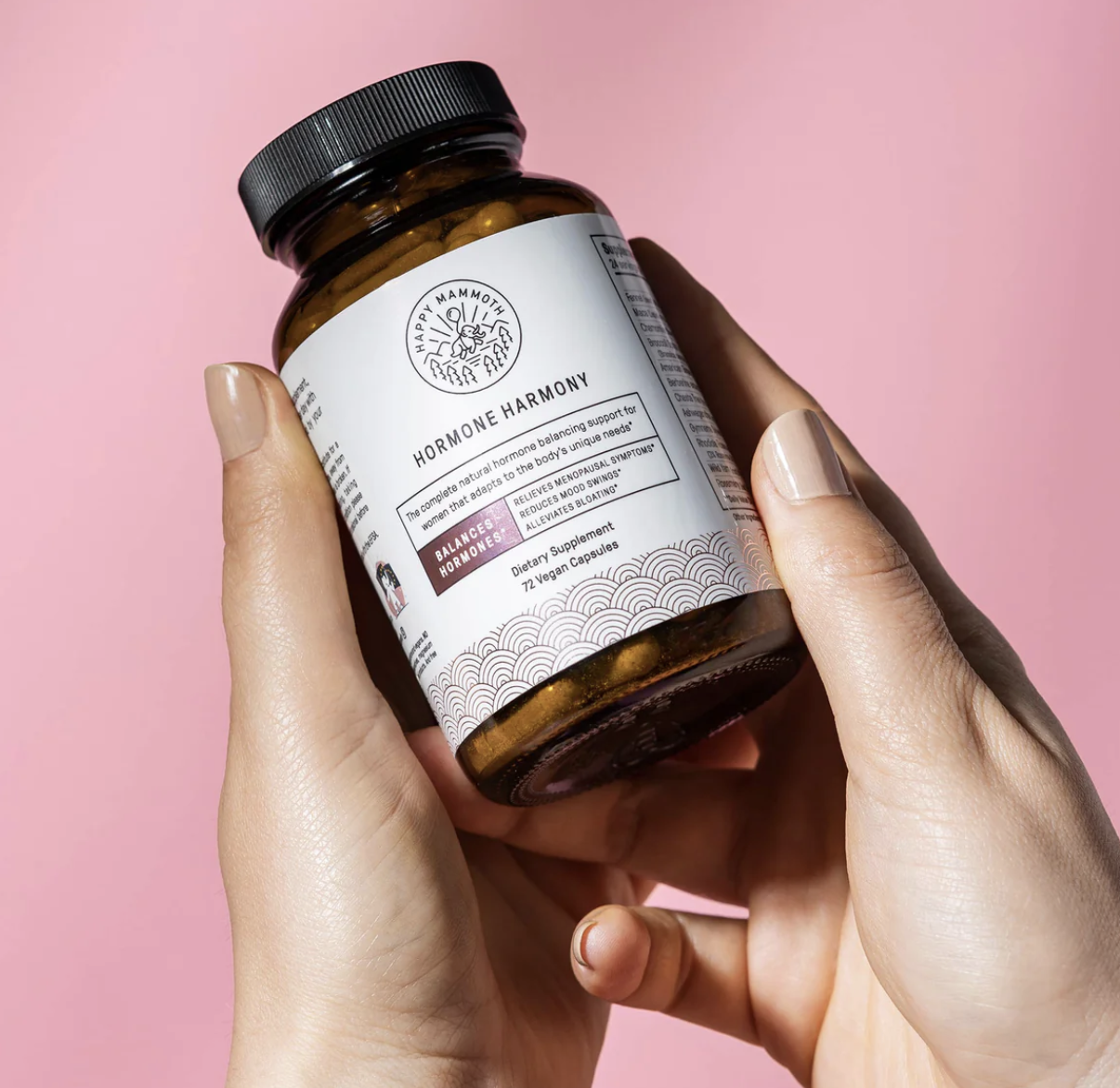
Hormone Happy
Contains a powerful blend of plant extracts shown to relieve symptoms of menopause.
Medications and Pain Management
Your doctor may also recommend medications to manage your joint pain. Nonsteroidal anti-inflammatory drugs (NSAIDs) such as ibuprofen or naproxen can help reduce inflammation and relieve pain. Acetaminophen may also be recommended for pain relief. If your joint pain is severe, your doctor may prescribe stronger pain medications.
Alternative Therapies
In addition to medical treatments, there are several alternative therapies that may help alleviate joint pain. Phytoestrogens, which are plant-based compounds that mimic the effects of estrogen in the body, may help reduce inflammation and pain. You can find phytoestrogens in foods such as soybeans, chickpeas, and flaxseeds. Other alternative therapies that may be helpful include acupuncture, massage, and yoga.
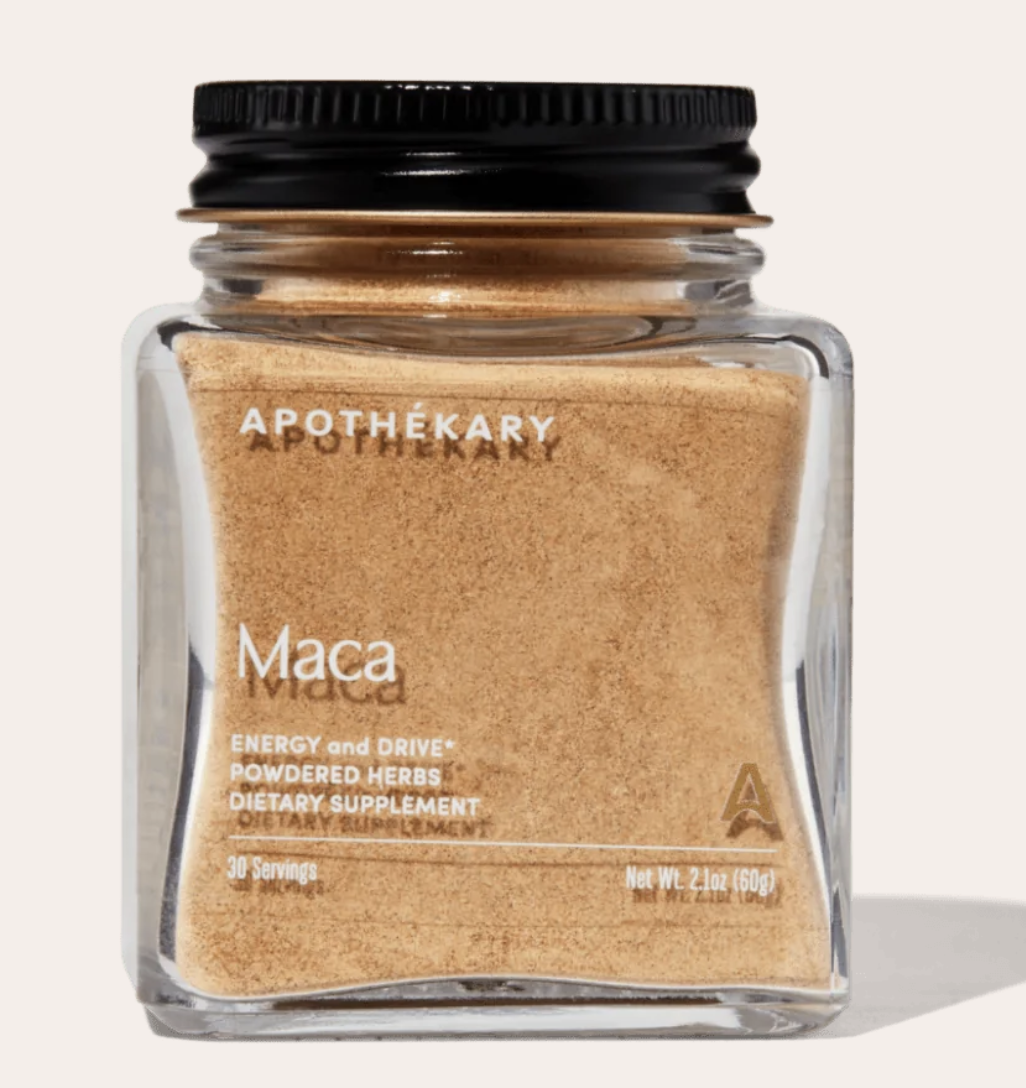
Apothekary Maca
Maca’s nutrient profile is impressive. It contains ample amounts of copper, vitamin C, and potassium–all essential nutrients for mood and energy.
It is important to discuss any medical treatments or interventions with your doctor before starting them, as they may not be appropriate for everyone. Your doctor can help you determine the best course of treatment for your individual needs and circumstances.
Exercise and Menopause-Related Joint Pain
If you are experiencing joint pain during menopause, exercise can be an effective way to alleviate discomfort and improve joint health. Incorporating regular exercise into your routine can help to strengthen muscles, increase flexibility, and maintain a healthy weight, all of which can contribute to better joint health.
Benefits of Exercise for Joints
Exercise can help to reduce joint pain and stiffness by promoting the production of synovial fluid, which lubricates the joints and reduces friction. Additionally, exercise can help to strengthen the muscles surrounding the joints, which can help to provide greater support and reduce the load on the joints themselves. This can be particularly beneficial for women experiencing menopause-related joint pain, as it can help to alleviate discomfort and improve mobility.
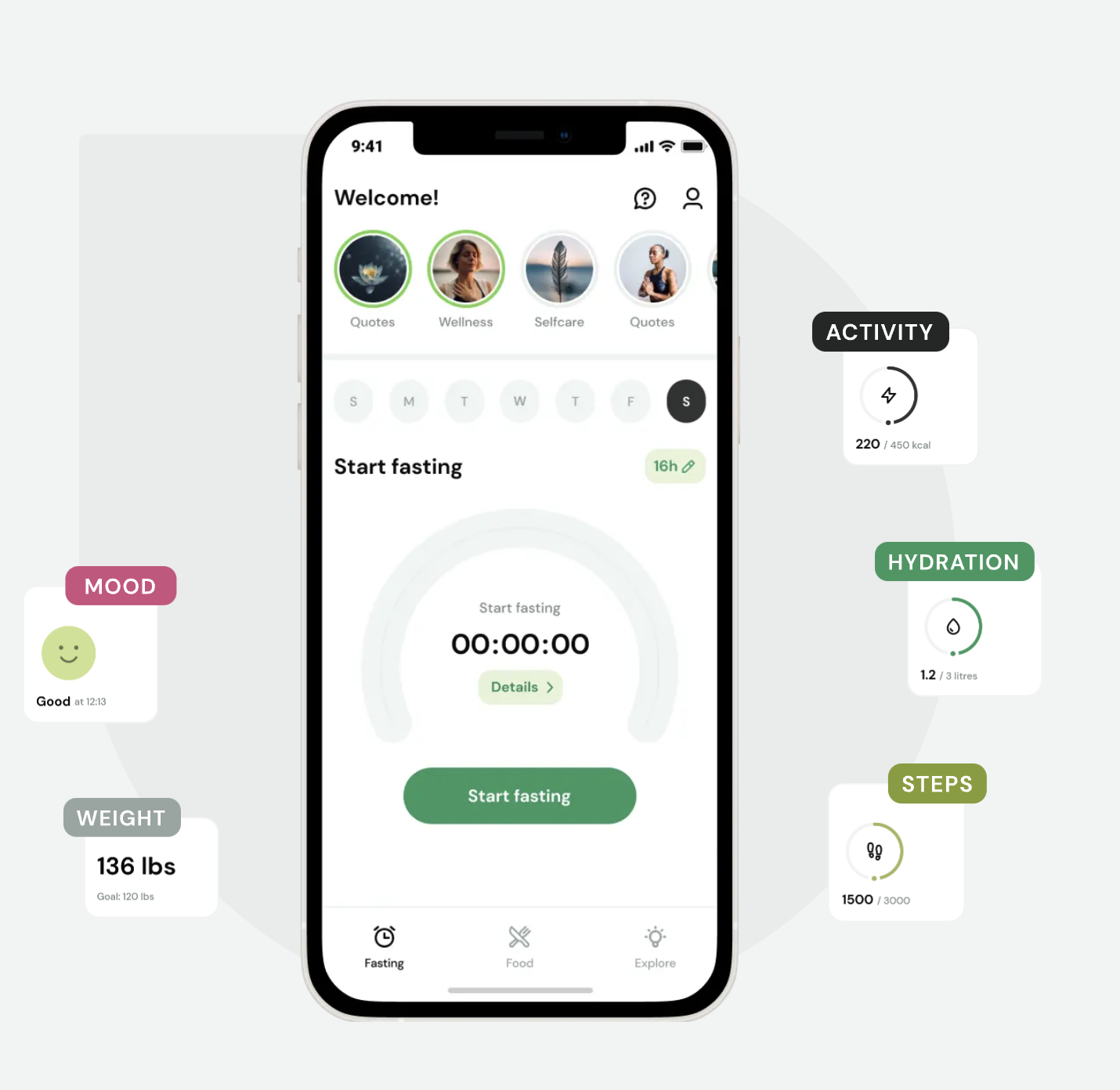
#1 Fasting App
Ready to see a happier version of yourself? Track mood, weight, hydration, steps and more!
Recommended Exercises for Joint Health
When it comes to exercise for joint health, low-impact activities are generally recommended, as they are less likely to place stress on the joints. Examples of low-impact exercises that can be beneficial for joint health include:
- Walking
- Swimming
- Cycling
- Yoga
Strength training exercises can also be beneficial for joint health, as they can help to strengthen the muscles surrounding the joints. When performing strength training exercises, it is important to start with light weights and gradually increase the weight over time to avoid placing undue stress on the joints.
In addition to exercise, maintaining a healthy weight can also be beneficial for joint health, as excess weight can place additional stress on the joints and exacerbate joint pain. By incorporating regular exercise into your routine and maintaining a healthy weight, you can help to alleviate joint pain and maintain joint health during menopause.
When to Consult a Healthcare Provider
If you are experiencing joint pain during menopause, it is important to know when to consult a healthcare provider. While joint pain can be a common symptom of menopause, it can also be a sign of a more serious joint condition that requires medical attention.
Signs of Serious Joint Conditions
If you are experiencing any of the following signs, it is important to consult a healthcare provider:
- Joint pain that is severe or lasts for an extended period of time
- Joint pain that is accompanied by swelling, redness, or warmth around the joint
- Joint pain that is accompanied by fever, chills, or other signs of infection
- Joint pain that is accompanied by a rash or other skin changes
- Joint pain that is accompanied by difficulty moving the joint or performing daily activities
These signs may indicate a serious joint condition such as arthritis or rheumatoid arthritis, which require prompt diagnosis and treatment.
Getting a Diagnosis
If you are experiencing joint pain during menopause, your healthcare provider may perform a physical exam, order blood tests, or recommend imaging tests such as X-rays or MRI scans to help diagnose the cause of your joint pain.
Depending on the cause of your joint pain, your healthcare provider may recommend treatments such as medication, physical therapy, or surgery to help manage your symptoms and improve your joint health.
Injuries can also cause joint pain, so it is important to seek medical attention if you experience joint pain after a fall or other injury.
Overall, if you are experiencing joint pain during menopause, it is important to consult a healthcare provider to determine the cause of your pain and develop an appropriate treatment plan.
Frequently Asked Questions
What are effective treatments for joint pain during menopause?
There are several effective treatments for joint pain during menopause. Over-the-counter pain relievers such as acetaminophen or ibuprofen can help alleviate mild pain. Topical creams containing capsaicin or menthol may also provide relief. In addition, regular exercise and physical therapy can help improve joint mobility and reduce pain.
Can hormone replacement therapy help with menopausal joint pain, and which type is best?
Hormone replacement therapy (HRT) may help alleviate menopausal joint pain. The best type of HRT for joint pain relief is estrogen therapy. However, HRT is not recommended for all women and should only be used under the guidance of a healthcare provider.
Are there specific vitamins recommended to alleviate joint pain associated with menopause?
While there is no specific vitamin that can cure menopausal joint pain, certain vitamins may help alleviate symptoms. Vitamin D and calcium can help improve bone health and reduce the risk of osteoporosis, which can worsen joint pain. Vitamin E may also help reduce inflammation and pain.
What natural supplements may provide relief from joint pain in menopausal women?
Some natural supplements that may provide relief from joint pain in menopausal women include omega-3 fatty acids, ginger, and turmeric. However, it is important to talk to a healthcare provider before taking any supplements, as they may interact with other medications or have side effects.
Is it common for menopause to cause symptoms similar to arthritis?
Yes, it is common for menopause to cause symptoms similar to arthritis. Menopausal joint pain is often caused by a decrease in estrogen levels, which can lead to inflammation and pain in the joints. However, menopausal joint pain is not the same as arthritis and should be evaluated by a healthcare provider.
Does menopausal joint pain eventually subside on its own?
Menopausal joint pain may subside on its own over time, but it is important to seek treatment if the pain is affecting your daily life. With the right treatment, menopausal joint pain can be managed effectively, allowing you to continue with your daily activities.
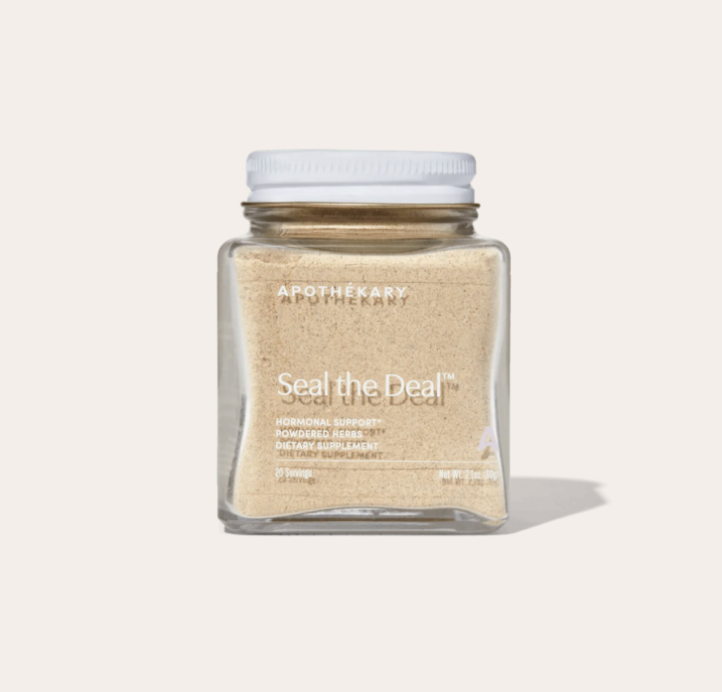
Seal the Deal
Perfect for those looking for a natural solution to support hormone health and energy levels.
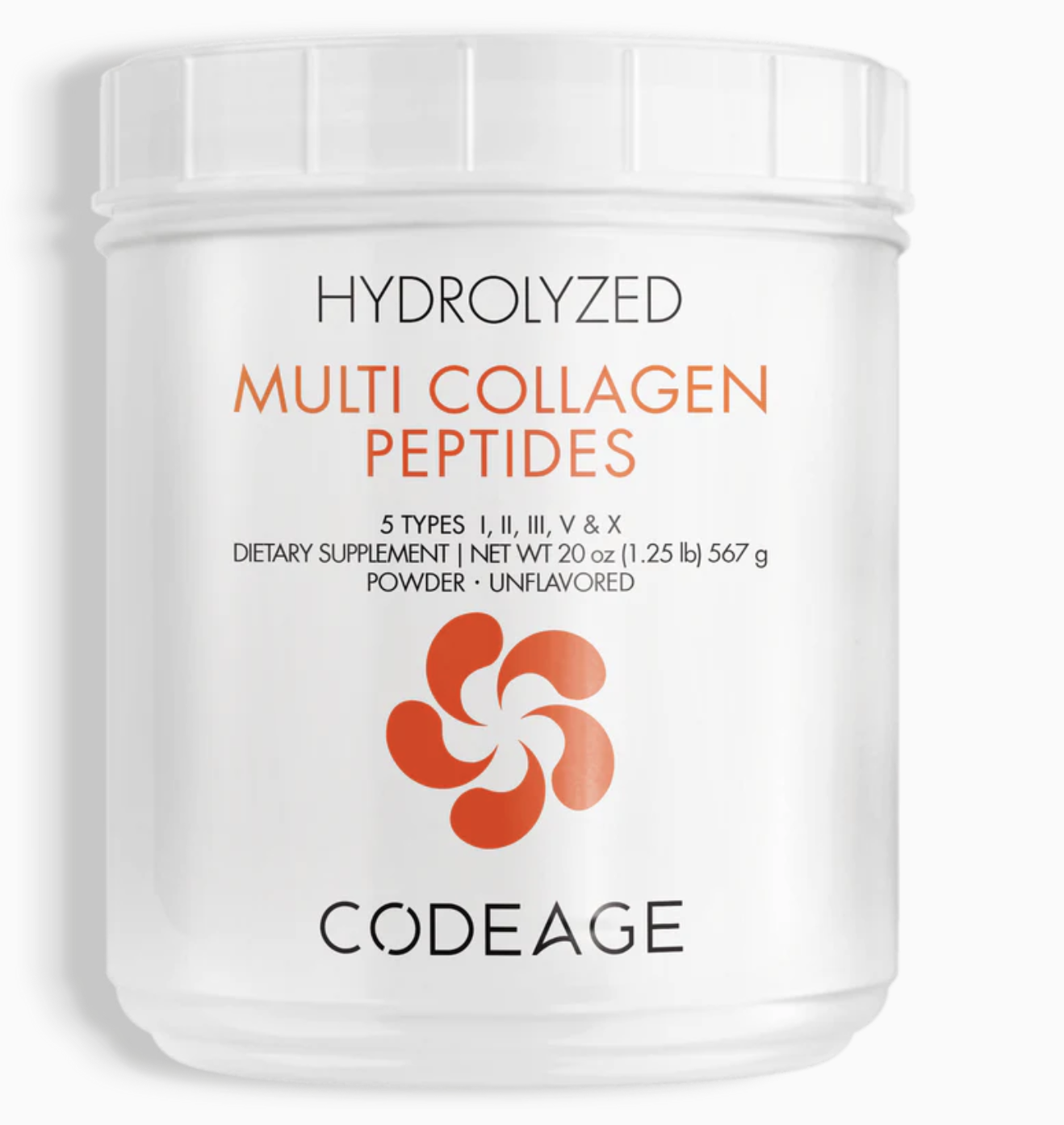
Codeage Collagen
Collagen powder offering 18 amino acids, contains zero carbs, and is easy to mix into your daily routine.
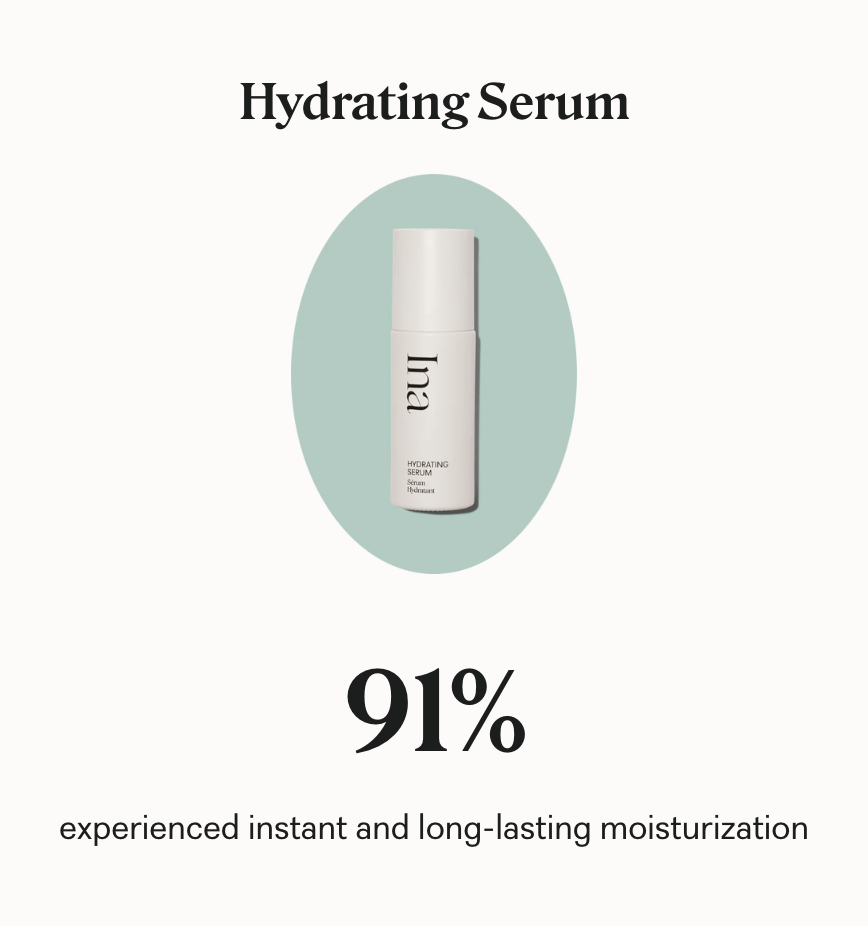
Ina Labs
Say goodbye to discomfort. Solutions for vulvar dryness, intimacy, chafing, & more.





